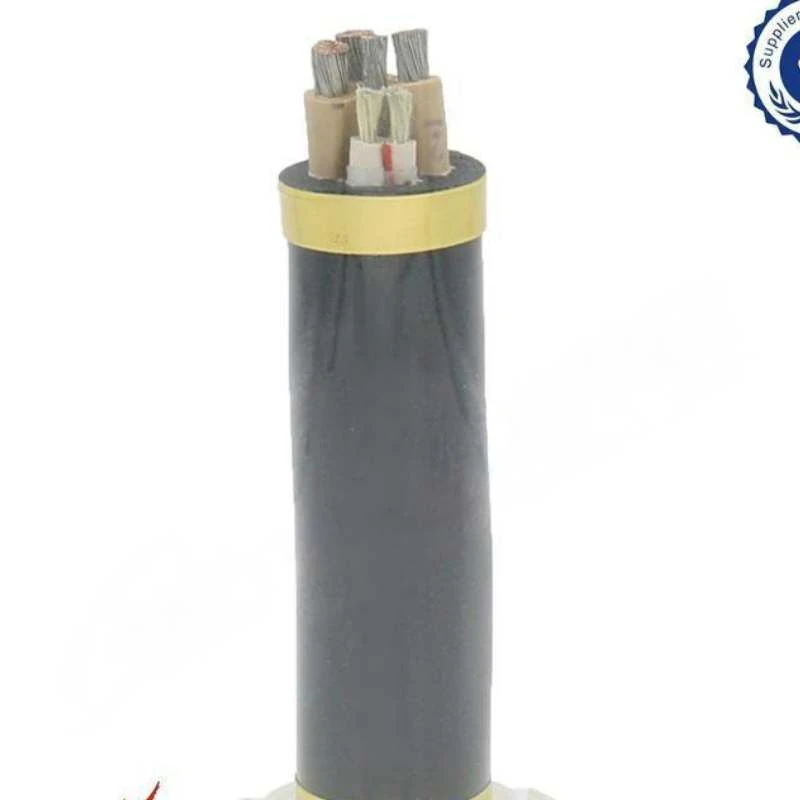Nov . 19, 2024 07:35 Back to list
Understanding the Design and Functionality of Knife Gate Valves in Industrial Applications
Understanding Knife Gate Valves Design, Function, and Applications
Knife gate valves are specialized valves that play a vital role in controlling the flow of fluids, particularly in various industrial applications. Unlike standard gate valves, knife gate valves incorporate a sharp, blade-like gate that slices through the media, making them exceptionally well-suited for handling slurries and thick liquids, where conventional valves might struggle.
Design and Mechanism
The design of a knife gate valve is characterized by its unique gate shape, which resembles a knife. This gate can efficiently cut through solid particles and enable a tight seal when closed. The valve typically consists of a body, a seat, the gate, and an actuator. The gate is mounted vertically and moves up and down to control flow. When the valve is fully closed, the blade-like gate penetrates the seat material, ensuring minimal leakage and effective sealing.
The operation of knife gate valves is straightforward. They can be manually operated, or equipped with pneumatic, hydraulic, or electric actuators for automatic control. Manual operations often provide a cost-effective solution for less complex systems, while actuators offer enhanced control for automated processes. The selection of an actuator typically depends on the specific operational requirements and environmental conditions.
Advantages of Knife Gate Valves
Knife gate valves have several advantages that make them a preferred choice in various applications. Firstly, their ability to handle slurries, viscous fluids, and solid particles without causing damage to the valve is a significant benefit. Their design minimizes turbulence, ensuring a smooth flow, which further enhances their efficiency.
knife gate valve

Another notable advantage is their compact design. Knife gate valves generally occupy less space compared to traditional gate valves, making them ideal for installations with space constraints. They also have fewer moving parts, which reduces the likelihood of mechanical failure and simplifies maintenance.
Additionally, the materials used in manufacturing knife gate valves can be tailored to specific needs, allowing for resistance to corrosion, wear, and high temperatures, which is crucial in harsh industrial environments.
Applications
The versatility of knife gate valves allows for widespread use across various industries. They are commonly found in wastewater treatment plants, paper and pulp industries, mining operations, and chemical processing. In these settings, knife gate valves not only manage the flow of slurries but also facilitate the isolation of sections within a pipeline, aiding in maintenance and emergency situations.
For instance, in the wastewater treatment process, these valves help manage the flow of sludge, ensuring efficient processing and treatment. Similarly, in the mining sector, they assist in handling ore slurries and dewatering applications.
Conclusion
In conclusion, knife gate valves are an essential component in many industrial systems where effective fluid control is required. Their unique design allows them to perform exceptionally well with slurries and particulates, offering advantages in efficiency, space-saving, and maintenance. As industries continue to evolve, the demand for specialized valves like knife gate valves will only increase, reinforcing their critical role in contemporary fluid management solutions. Understanding their design and application can guide engineers and technicians in selecting the right equipment for their specific operational needs.
Share
-
Reliable Wafer Type Butterfly Valves for Every IndustryNewsJul.25,2025
-
Reliable Flow Control Begins with the Right Ball Check ValveNewsJul.25,2025
-
Precision Flow Control Starts with Quality ValvesNewsJul.25,2025
-
Industrial Flow Control ReliabilityNewsJul.25,2025
-
Engineered for Efficiency Gate Valves That Power Industrial PerformanceNewsJul.25,2025
-
Empowering Infrastructure Through Quality ManufacturingNewsJul.25,2025